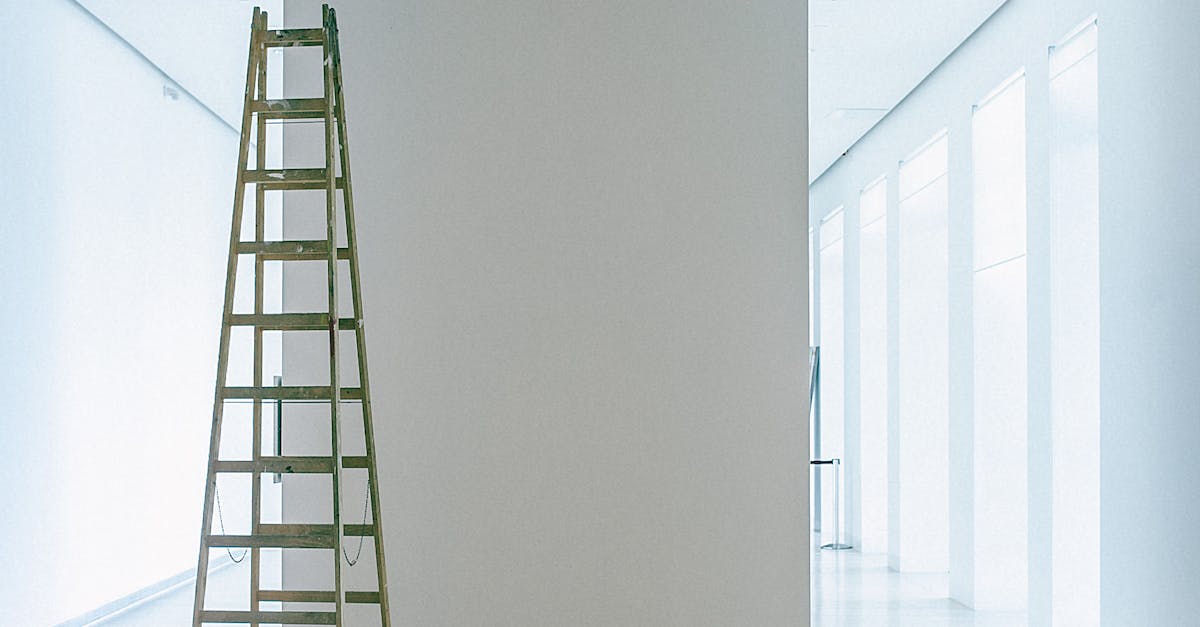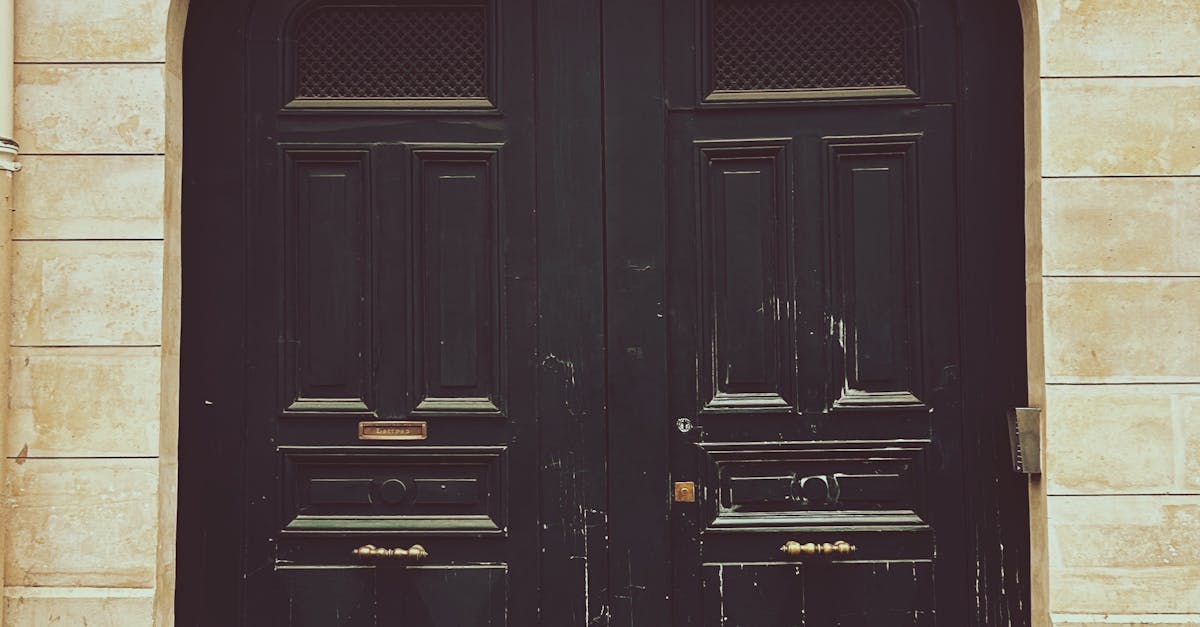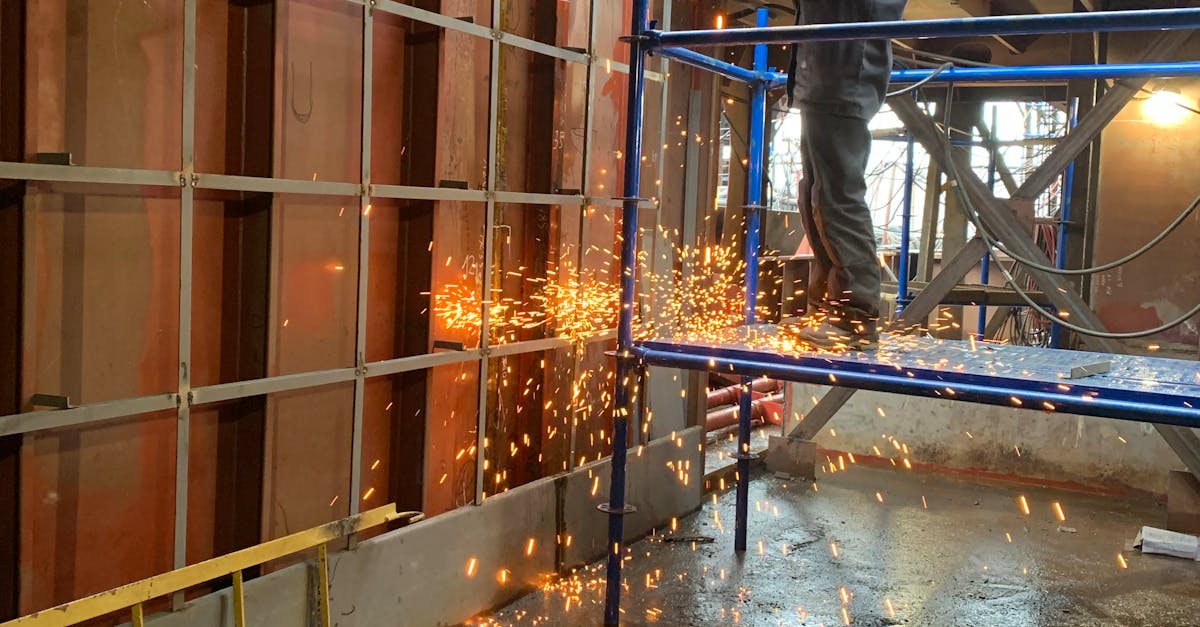
Table Of Contents
Testing the Connection for Leaks
Once the sewer line is connected to your property, it is crucial to ensure that the connection is leak-free. Testing the connection for leaks is a vital step in ensuring the effectiveness and longevity of the sewer system. Leakage can lead to serious issues such as water damage, contamination, and health risks. Sewer line installation and repair in Frankston, Victoria involve meticulous testing procedures to verify that the connection is secure.
To test the connection for leaks, start by conducting a visual inspection of the connection points. Look for any signs of water seepage, dampness, or unusual odors around the area. Following the visual inspection, perform a water pressure test by running water through the newly connected sewer line. Observe for any leaks or drips along the connection points. If any leaks are detected, it is imperative to address them promptly to prevent further damage and ensure the proper functioning of the sewer system.
Conducting a Water Flow Test
When conducting a water flow test during sewer line installation and repair in Frankston South, Victoria, it is essential to ensure proper functionality of the newly connected line. By running water through the system after the connection has been made, you can observe if there are any leaks or blockages that need addressing. This test allows you to identify any potential issues before backfilling the trench, saving time and resources in the long run.
To conduct a water flow test, turn on a faucet or hose connected to the sewer line and let the water run for a few minutes. While the water is flowing, inspect the connection point for any signs of leakage or abnormal water discharge. Additionally, check for a steady flow of water through the sewer line to confirm that there are no obstructions hindering the proper drainage of wastewater. This step is crucial in ensuring the effectiveness and longevity of the sewer line connection.
Backfilling and Finalizing the Connection
Backfilling and finalizing the connection is a critical step in the sewer line installation process. After confirming the secure connection between the existing line and the new pipe, it is imperative to carefully backfill the trench. Proper backfilling ensures the stability of the pipe and prevents damage that may compromise the efficiency of the sewer system. Attention to detail during this stage is crucial to avoid future issues which may result in costly repairs.
Sewer line installation and repair in Frankston South, Victoria should be followed by a thorough inspection of the connection. Once the backfilling is completed, the trench should be refilled and inspected for any signs of leakage or instability. Taking the time to review the connection at this stage will detect any potential problems before they escalate. By adhering to the meticulous backfilling and inspection process, the sewer line connection can be finalized with confidence, ensuring a reliable and durable system for years to come.
Refilling the Trench and Inspecting the Connection
Refilling the trench is a crucial step in connecting to an existing sewer line. Once the connection has been made and tested for leaks, it is important to carefully refill the trench to secure the line and prevent any potential damage. Proper backfilling ensures stability and longevity of the connection, reducing the risk of future issues. In Carrum Downs, Victoria, sewer line installation and repair professionals prioritize this step to guarantee the integrity of the connection and the overall efficiency of the sewer system.
Inspecting the connection is the final step in the process of connecting to an existing sewer line. A thorough inspection ensures that the connection is secure and leak-free, giving homeowners peace of mind knowing that their sewer system is functioning properly. In Carrum Downs, Victoria, sewer line installation and repair specialists conduct meticulous inspections to detect any potential issues early on and address them promptly. Proper inspection is essential in maintaining the health and functionality of the sewer system for years to come.
Cleaning Up and Disposing of Waste
Cleaning up and disposing of waste is a critical step in ensuring a safe and tidy worksite during sewer line installation and repair in Carrum Downs, Victoria. After completing the connection and backfilling the trench, it is important to remove any debris, unused materials, and tools from the area. This will not only prevent any potential hazards but also leave the property in a clean and presentable condition for the residents.
Proper disposal of waste materials is imperative to maintain environmental sustainability and adhere to local regulations. Unused PVC pipes, fittings, and any other construction waste should be collected and disposed of responsibly. Recycling where possible is encouraged to minimize the impact on the environment. Additionally, ensuring that any hazardous materials are disposed of in accordance with local guidelines is crucial for the safety of both the workers and the community.
Proper Disposal of Unused Materials
Proper disposal of unused materials is an essential step in ensuring the safety and cleanliness of your workspace after completing a sewer line installation or repair project. In Frankston South, Victoria, it is crucial to dispose of any leftover materials responsibly to minimize environmental impact. Before discarding any unused items, consider whether they can be repurposed for future projects or recycled to reduce waste.
When disposing of unused materials from sewer line installations or repairs in Frankston South, Victoria, it is important to separate items that can be recycled from those that need to be thrown away. Sort materials into appropriate containers or bins for recycling, such as plastics, metals, or cardboard. Hazardous materials, such as chemicals or contaminated items, should be handled with care and disposed of following local regulations to prevent harm to the environment and public health.
FAQS
What materials do I need to connect to an existing sewer line?
To connect to an existing sewer line, you will need PVC pipes, pipe connectors, pipe cement, a hacksaw, a shovel, safety gear, and any necessary permits.
How deep should I dig when connecting to an existing sewer line?
When connecting to an existing sewer line, you should dig a trench that is deep enough to reach the existing sewer line, typically around 18 to 24 inches deep.
Do I need to test the connection for leaks after connecting to an existing sewer line?
Yes, it is important to test the connection for leaks after connecting to an existing sewer line to ensure that the connection is secure and there are no issues with the installation.
Can I backfill the trench immediately after connecting to an existing sewer line?
No, it is recommended to backfill the trench only after conducting a water flow test, ensuring there are no leaks, and finalizing the connection to the existing sewer line.
How do I properly dispose of unused materials after connecting to an existing sewer line?
Properly dispose of unused materials by following local regulations for disposal of construction waste. Contact your local waste management authority for guidance on proper disposal methods.


